Why is Shakespeare's Bust in the Peoria Women’s Club President's Office?
Notably, a Shakespeare Class was founded under the Art and Literature department in 1888, preceding the establishment of the first Shakespeare Club in Avon, Illinois, by six years in 1894. In Peoria, any member late to the Shakespeare class was charged five cents for tardiness and ten cents for absence. This fund was used to purchase the Shakespeare bust, unveiled in March 1896. Initially focused on studying, memorizing, and acting out Shakespeare's works, these clubs became immensely popular within the women’s club movement. Their widespread appeal mirrored broader social and cultural shifts during the late 19th and early 20th centuries for the following reasons:
There was an increasing emphasis on women's education during this period. Women were gaining access to formal education and were eager to engage in intellectual pursuits outside traditional academic settings. Shakespeare's works were seen as both intellectually stimulating and culturally enriching.
The late 19th and early 20th centuries witnessed a broader cultural expansion fueled by advancements in communication, transportation, and education. Shakespeare's plays were considered classics of English literature, and studying them allowed women to broaden their cultural horizons and engage with high-quality literature and theater.
Women's clubs served as spaces where women could gather, exchange ideas, and assert their agency outside the confines of domestic life. The formation of Shakespeare Clubs allowed women to participate in activities traditionally dominated by men, such as the study of literature and drama, empowering them both intellectually and socially.
The suffrage movement and other women's rights campaigns marked the late 19th and early 20th centuries. Women involved in Shakespeare Clubs often used these platforms to advocate for social and political causes, leveraging their collective influence to advance women's rights and other civic concerns.
In 2013, New Yorker Magazine published an article suggesting that April might have been Shakespeare’s favorite month, citing the frequent invocation of spring imagery in his plays. In 1936, the Peoria Women’s Club received a copy of The Winter’s Tale from Mary E. Lottmann, published in 1935. In Act IV, Scene 4, Perdita, decked like Flora peering “in April’s front,” laments that she has no flowers for her boylover; she lists flowers of early spring:
Daffodils,
That come before the swallow dares, and take
The winds of March with beauty; violets, dim,
But sweeter than the lids of Juno’s eyes
Or Cytherea’s breath; pale primroses
That die unmarried, ere they can behold
Bright Phoebus in his strength—a malady
Most incident to maids; bold oxlips and
The crown imperial; lilies of all kinds,
The flower-de-luce being one!
In fall of 2023, the Peoria Chautauqua Literary & Scientific Circle read Shakespeare in a Divided America by James Shapiro, a renowned Shakespearean scholar and professor at Columbia University. In the book, Shapiro explores how Shakespeare's works have been interpreted and appropriated in American culture, particularly during social and political division. The Peoria CLSC exemplifies just one of the ways PWC connects to our past by offering programs that resonate with contemporary relevance.
The Peoria CLSC will be opening for Fall 2024 shortly. To view upcoming dates, head to our events page.
Written by Lynette Steger for Peoria Women’s Club, May 2024

